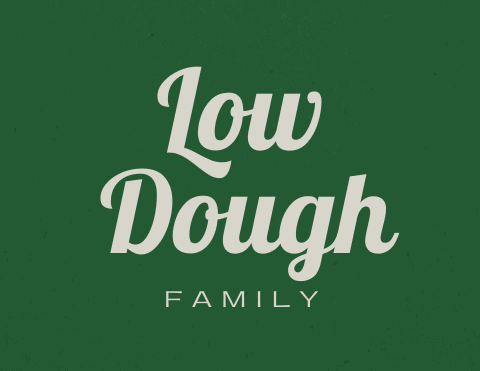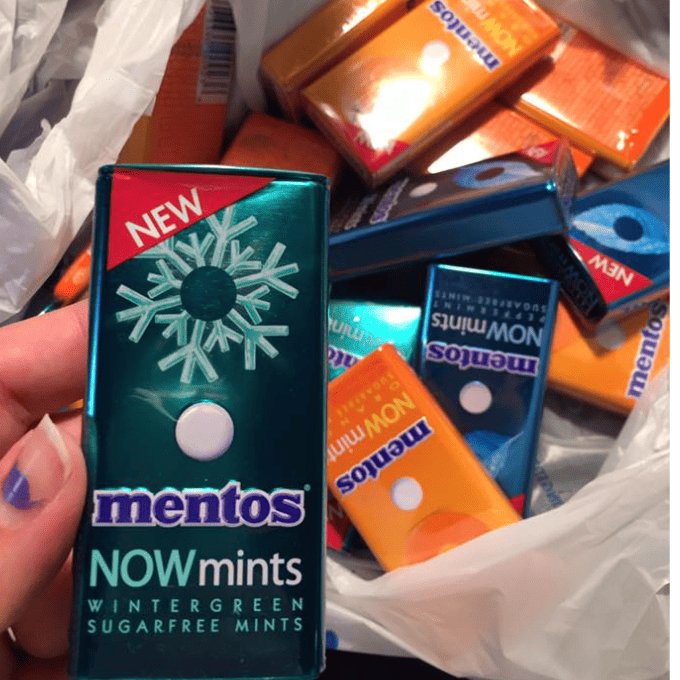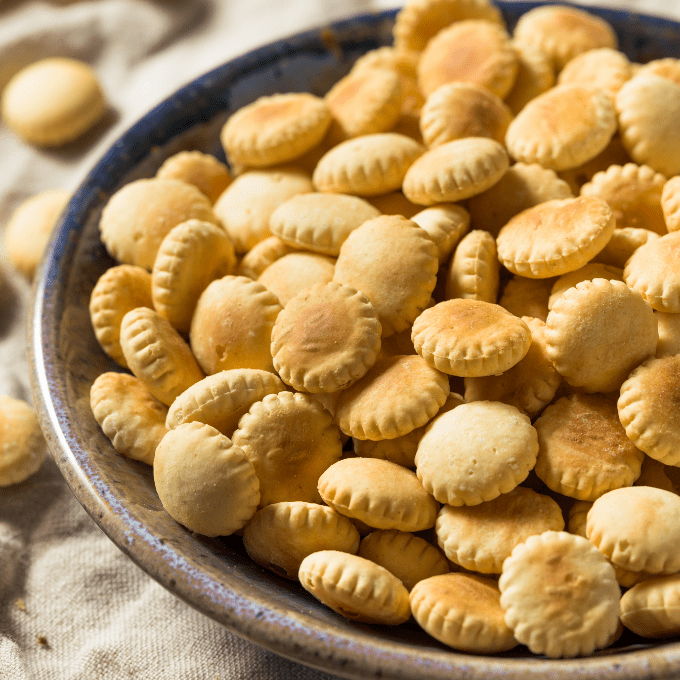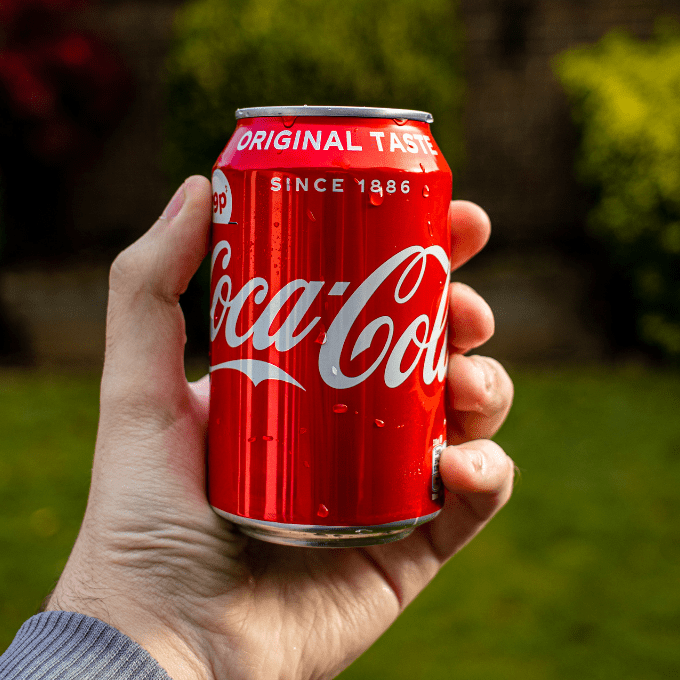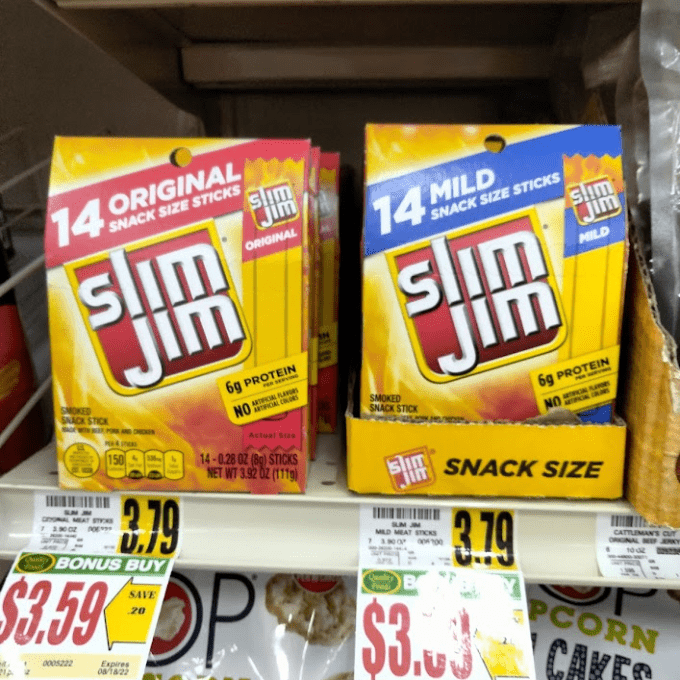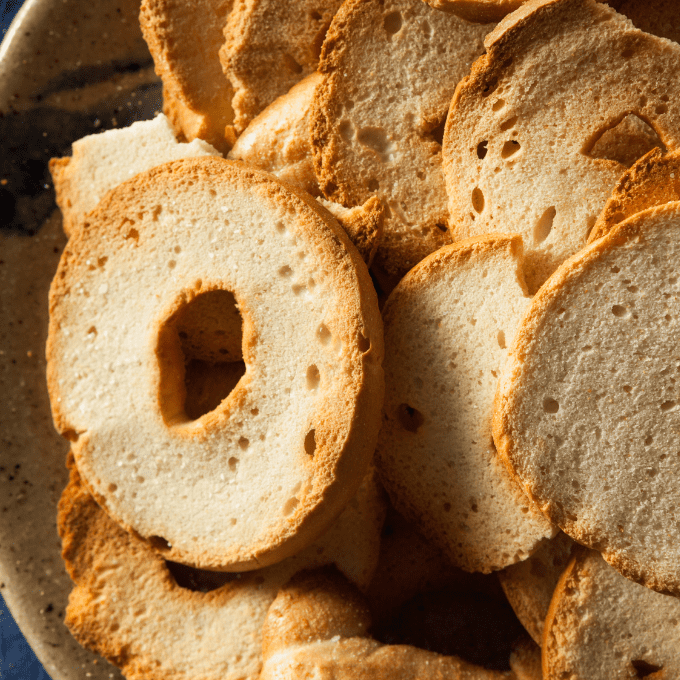Can You Eat Expired Dried Cranberries? Here’s What You Need to Know
As someone who enjoys snacking on dried fruit, I often find myself wondering if it’s safe to eat expired dried cranberries. After all, it’s easy to forget about a bag of dried cranberries tucked away in the back of the pantry. But before I toss them in the trash, I wanted to do some research to find out if they’re still safe to eat.
According to my findings, it is generally safe to eat expired dried cranberries. Dried cranberries are a shelf-stable food, meaning they do not need to be refrigerated and can be stored at room temperature. Shelf-stable foods have a longer shelf life than perishable foods, so expired dried cranberries are still safe to eat.
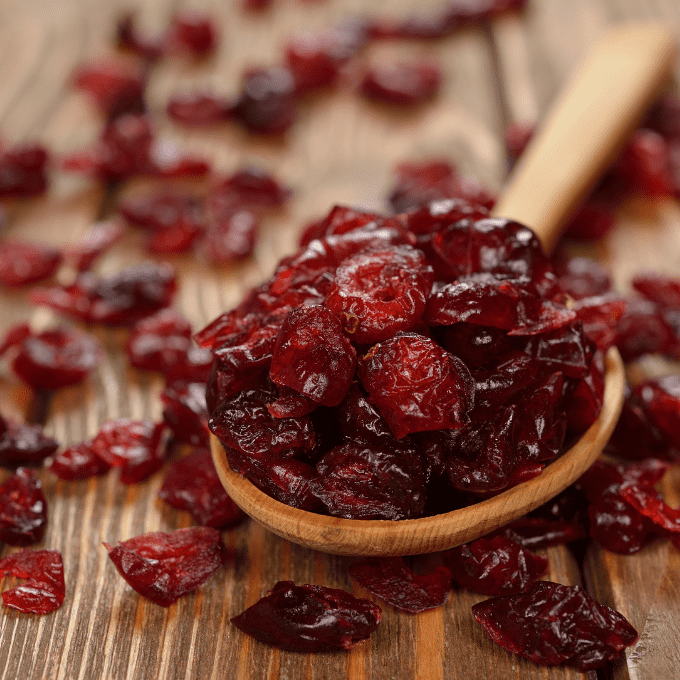
Do dried cranberries expire?
According to my research, dried cranberries do have an expiration date, but that date is usually a “best by” or “use by” date, not a hard and fast expiration date. This means that even if your dried cranberries have passed their expiration date, they may still be safe to eat.
However, it’s important to note that the quality of dried cranberries can deteriorate over time, especially if they are not stored properly. Exposure to heat, light, and air can cause dried cranberries to become rancid or develop mold, which can make them unsafe to eat.
To ensure that your dried cranberries stay fresh for as long as possible, store them in an airtight container in a cool, dry place. You can also extend their shelf life by storing them in the refrigerator or freezer.
Overall, while dried cranberries do have an expiration date, they may still be safe to eat after that date has passed. However, it’s important to use your best judgment and inspect them carefully before consuming them.

What Happens When Dried Cranberries Expire?
As someone who loves dried cranberries, I always make sure to check the expiration date before purchasing them. But what happens when they expire?
When dried cranberries expire, they may lose their flavor and texture. They may become hard, dry, or chewy, and their color may fade. However, this does not mean that they are unsafe to eat.
According to the United States Department of Agriculture (USDA), dried fruits such as cranberries will keep at top quality in the pantry for six months. After that, they may start to lose their flavor and texture, but they will remain safe to eat for much longer.
It is important to note that the expiration date on dried cranberries is not an exact science. The date is simply a guideline for when the product is at its best quality. As long as the dried cranberries have been stored properly in an airtight container in a cool, dry place, they can last for several months beyond the expiration date.
However, if the dried cranberries have an off smell or appearance, or if mold appears, they should be discarded. It is always better to err on the side of caution when it comes to consuming expired food products.
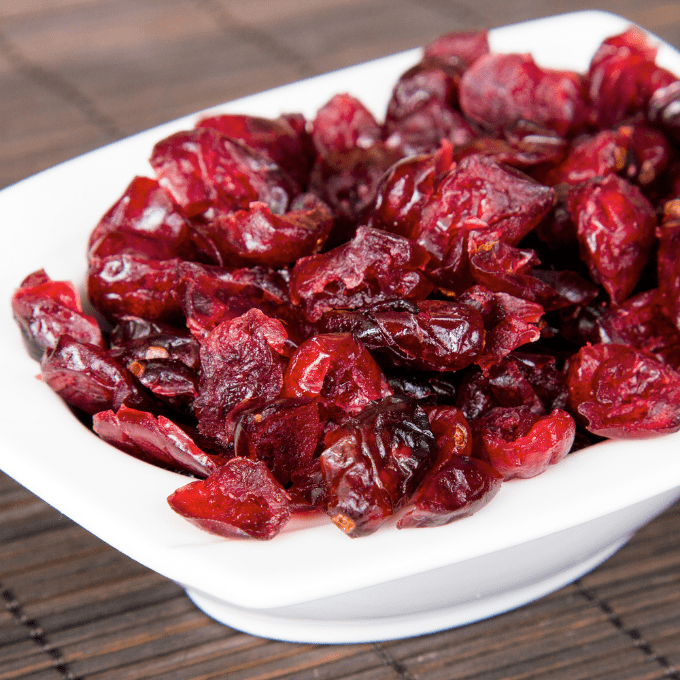
Can You Eat Expired Dried Cranberries?
Dried cranberries are a popular snack and ingredient in many recipes. They are a great source of fiber, antioxidants, and vitamins. However, like any other food, they have a shelf life. In this section, I will discuss factors to consider, how to tell if dried cranberries have gone bad, and how to safely consume expired dried cranberries.
Factors to Consider
Several factors can affect the shelf life of dried cranberries. The most important factor is the packaging. If dried cranberries are stored in an airtight container or sealed package, they can last for up to a year beyond the expiration date.
However, if the package has been opened, the shelf life is reduced to a few months. Other factors that can affect the shelf life of dried cranberries include humidity, temperature, and exposure to light.
How to Tell if Dried Cranberries Have Gone Bad
It’s essential to know how to tell if dried cranberries have gone bad to avoid any potential health risks. The first sign of spoilage is a change in texture.
Dried cranberries should be chewy, not hard or soft. If they become hard or soft, they have likely gone bad. Another sign of spoilage is a change in color.
Dried cranberries should be dark red or burgundy. If they become brown or black, they have gone bad. Finally, if dried cranberries have a sour or rancid smell, they are no longer safe to eat.
How to Safely Consume Expired Dried Cranberries
While it’s always best to consume food before it expires, there are ways to safely consume expired dried cranberries. If the dried cranberries have just passed the expiration date, they are likely still safe to eat if they pass the texture, color, and smell tests.
However, if they have been expired for an extended period or have a strange smell or taste, it’s best to throw them away. Another way to safely consume expired dried cranberries is to use them in recipes that require cooking or baking.
The high temperatures involved in the cooking process can kill any bacteria that may be present in the dried cranberries.
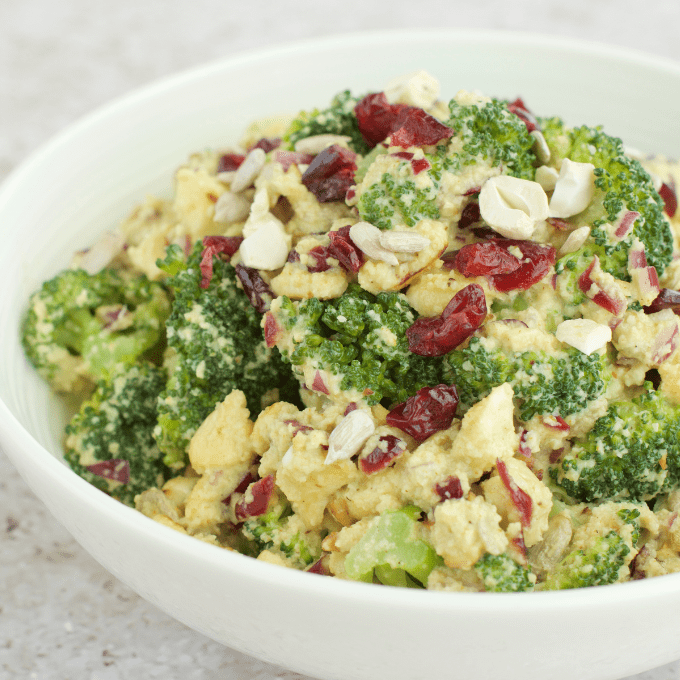
Conclusion
After researching and reviewing various sources, I have concluded that it is safe to eat expired dried cranberries. Dried cranberries are a shelf-stable food and have a longer shelf life than perishable foods. Properly stored dried cranberries can last up to 12-18 months and still be safe to eat beyond that time.
It is important to note that while expired dried cranberries may still be safe to eat, their quality may have deteriorated. They may lose their flavor, texture, and nutritional value over time. It is recommended to check the appearance, smell, and taste of the dried cranberries before consuming them.
Overall, while it is safe to eat expired dried cranberries, it is important to use your best judgment and check for signs of spoilage before consuming them. By following proper storage guidelines and checking the quality of your dried cranberries, you can enjoy their delicious taste and health benefits for an extended period of time.
For more information about commonly expired foods, check out “Can You Eat Expired Rice Krispie Cereal? Here’s What You Need to Know” and “What happens if you drink spoiled rice milk?“
